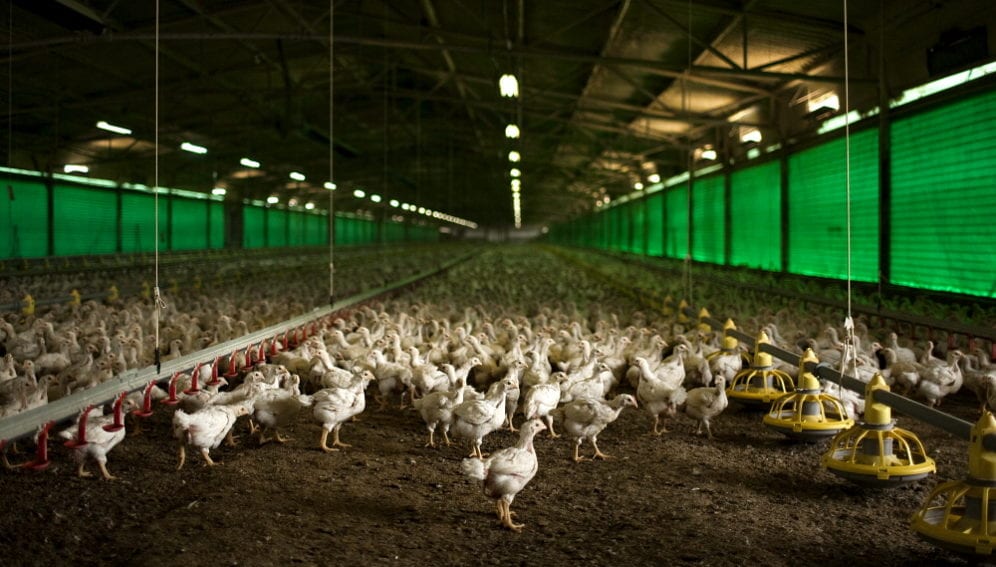Send to a friend
The details you provide on this page will not be used to send unsolicited email, and will not be sold to a 3rd party. See privacy policy.
[SÃO PAULO] A group of Brazilian researchers have identified three genes which help stomach bug bacteria Campylobacter coli infect people and make us sick.
Brazil is the largest exporter of poultry meat in the world, and the finding could pave the way to new ways to control the bacteria, which is responsible for most cases of gastroenteritis across the world.
Despite its high incidence, the microbial factors that lead to the gut colonization and pathogenesis of C. coli have never before been properly identified.
“These results are important because they enable scientists to better understand the bacterium’s pathogenic potential, paving the way to the development of new control strategies,” said Cristiano Gallina Moreira, a biologist at the Faculty of Pharmaceutical Sciences at São Paulo State University, who was not involved in the research.
“Taken together, the findings allowed a better understanding of the strains circulation in Brazil and indicate that more rigorous control measures are needed,”
Carolina Gomes
In the study, to be published in the August issue of the journal Food Microbiology, researchers analysed 50 strains of C. coli isolated from human and animal faeces, and from poultry meat from some of Brazil’s major cities between 1995 and 2011.
C. coli normally inhabit the intestinal tract of warm-blooded animals such as poultry, cattle, and pigs, and are frequently detected in foods derived from these animals. When the bacteria is present in contaminated food, it is ingested and reaches the stomach, the intestinal tract, and afterwards, the faeces, allowing for transmission to a new host.
Developing countries do not have national surveillance programs for the bug, according to a study. However, a report from the UK’s Food Standards Agency has shown that more than 70 per cent of fresh chickens sold in the United Kingdom are contaminated.
The Brazilian researchers identified at least three genes (dubbed cadF, flaA, and sodB) essential for the strains’ capacity to adhere to and invade the host's cells and colonize the gut.
They also submitted the bacteria to five different stress conditions in order to mimic in the different stages of food processing, during transmission to a human host, and during human infections.This allowed them to verify high growth and survival rates when the strains were exposed to different life-threatening environmental conditions, involving large temperature variation, exposure to oxygen and the acidic pH of the stomach.
“Taken together, the findings allowed a better understanding of the strains circulation in Brazil and indicate that more rigorous control measures are needed,” said Carolina Gomes, one of the lead authors of the study from the University of São Paulo’s Faculty of Pharmaceutical Sciences of Ribeirão Preto.
The research to be published in Food Microbiology was supported by FAPESP, a SciDev.Net donor.
This article was produced by SciDev.Net’s Latin America and Caribbean desk.














